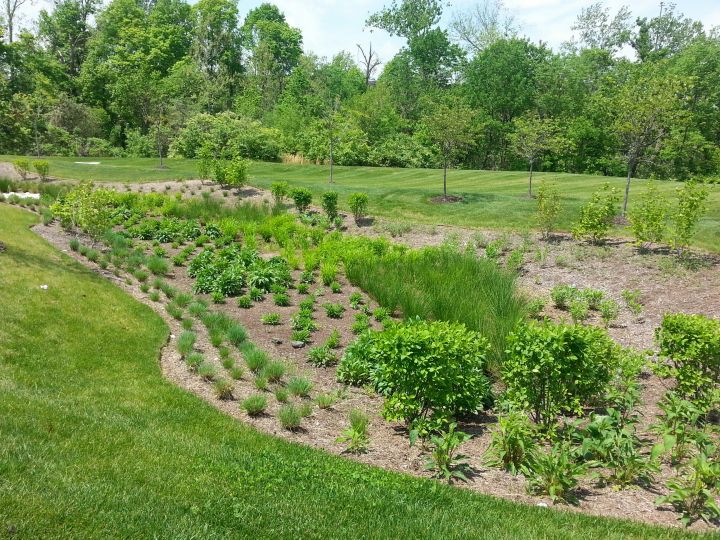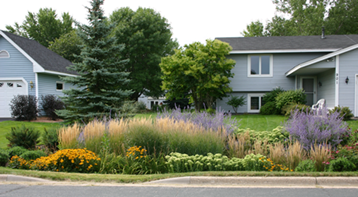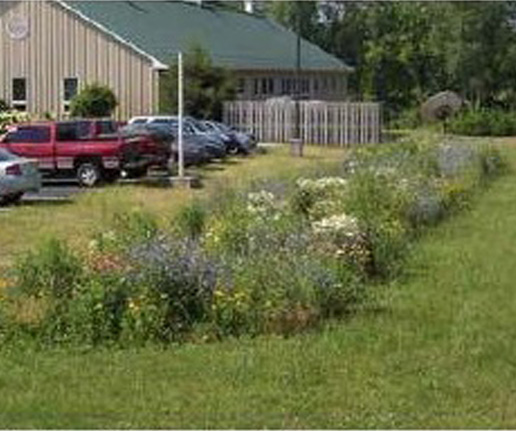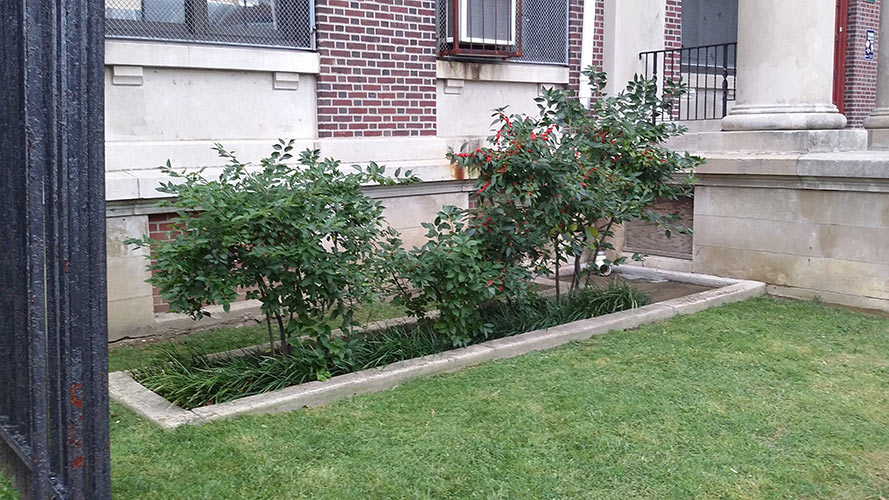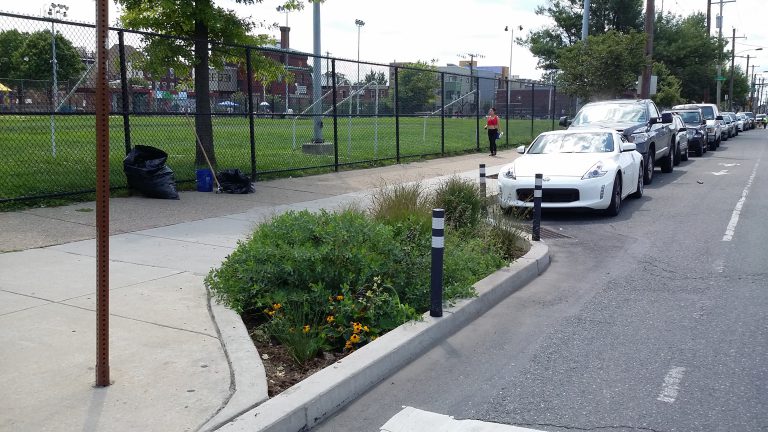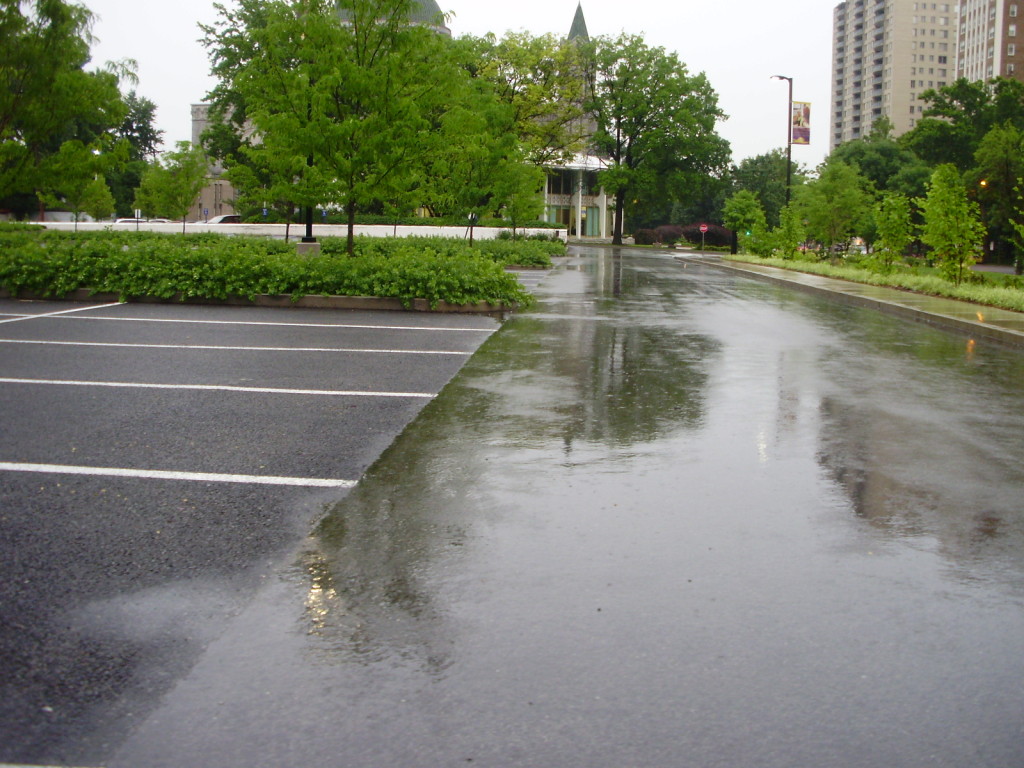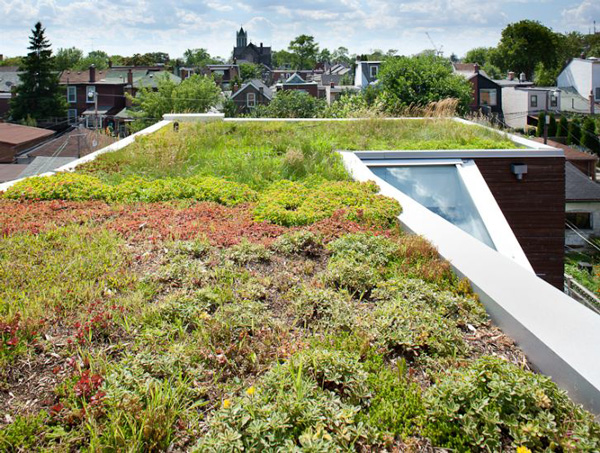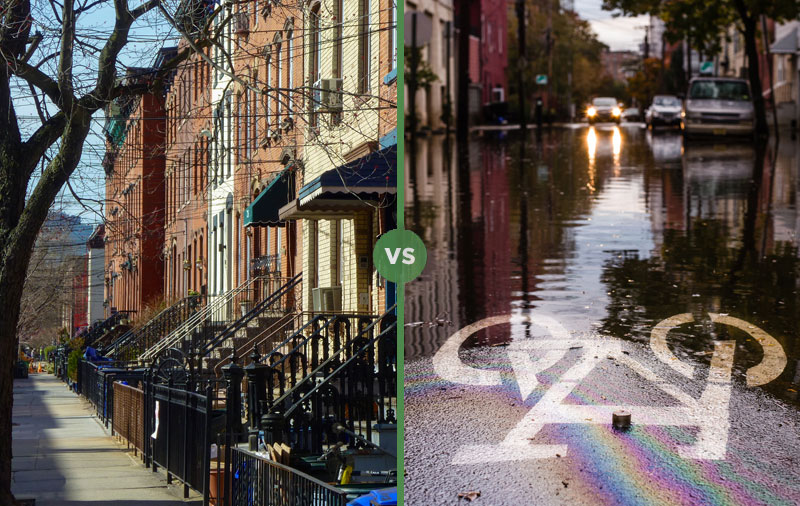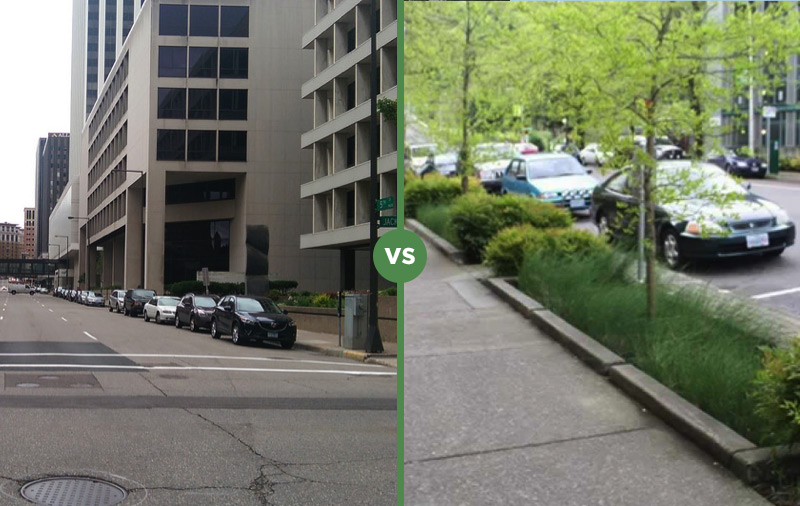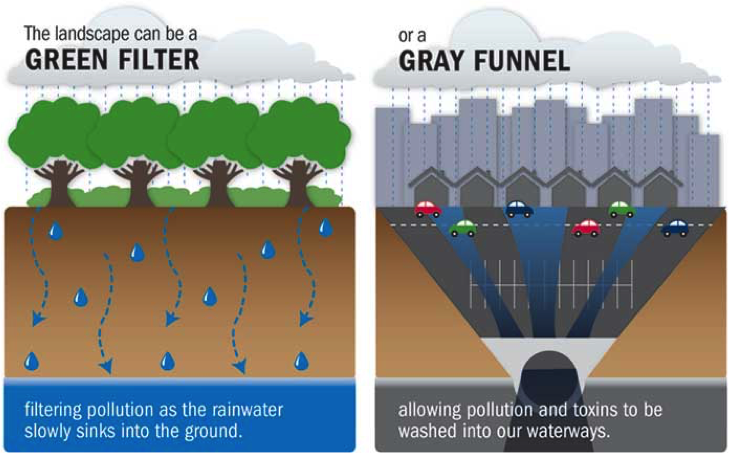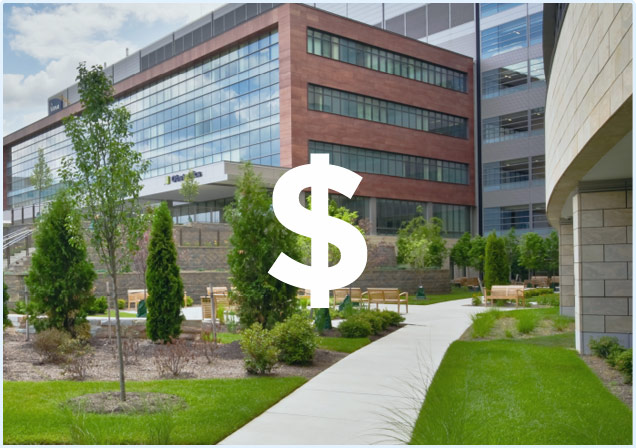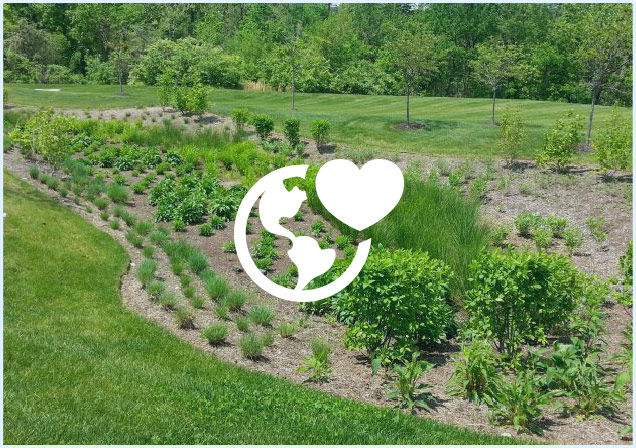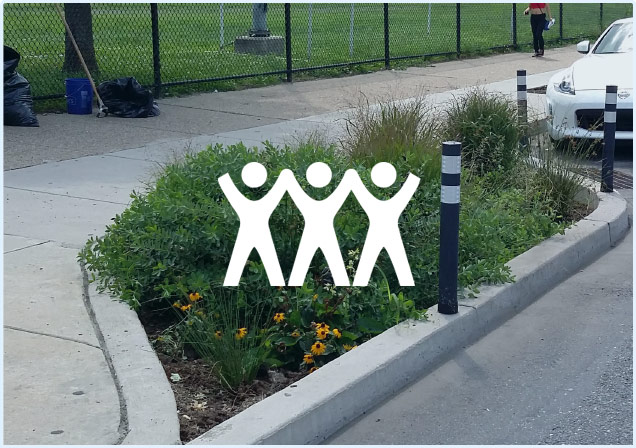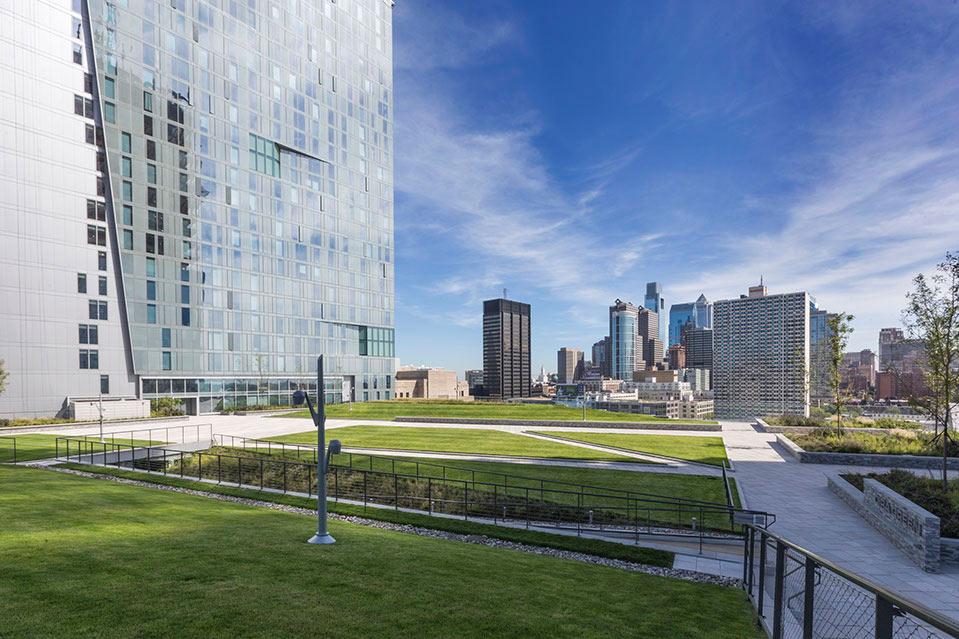Learn from mayors

Take a quick look at how two leaders are moving their communities forward with green infrastructure. You can do it too! Watch the Video
Install a demonstration project

Green infrastructure is about problem-solving. Identify a challenge — perhaps an intersection that floods even after a mild storm, or a park with drainage problems, or a polluted stream or lake. Install a green-infrastructure solution: a rain garden, cistern, green roof, tree trench or pervious pavement, to help address the problem. And remember to include a good interpretive sign to help people understand why the project was built, how it works and the benefits it brings. Here are examples of municipal green infrastructure projects.
Build your team

Designing a site plan or capital project with green stormwater infrastructure is not a one-person, “end of the process” task. It requires a team that works early in the design process to integrate stormwater management into the broader project objectives, be they functional, societal, or economic. For example, green infrastructure in downtown streets can improve pedestrian and bike safety, increase property values and encourage the foot traffic that businesses love. Green infrastructure in parks can create valuable habitat for birds and pollinators while reducing flood damage and contributing to climate change resiliency. Ideally, your design team includes — but need not be limited to — a skilled engineer, landscape architect (with soils expertise) and planner.
Engage your planning board
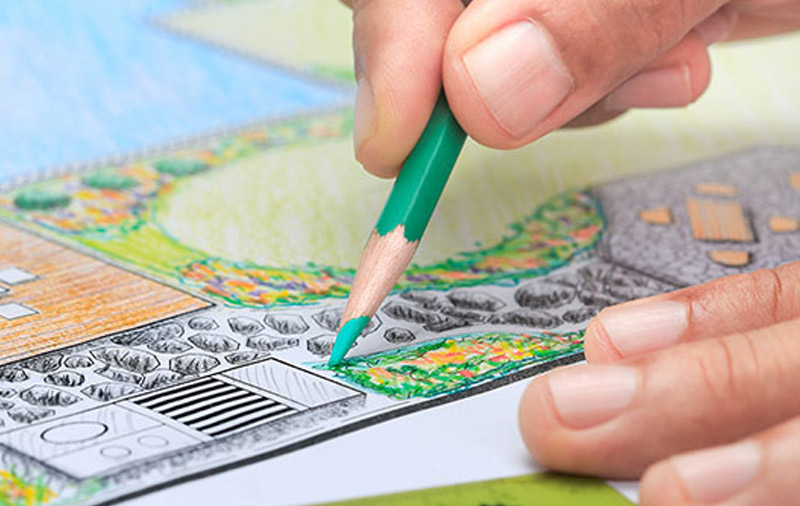
A few key updates to your municipal Master Plan goals and principles will provide the rationale and stimulus for ordinance improvements, policy and procedural changes, training, and other steps that make sense. New or updated goals and principles for various sections (“elements”) of your Master Plan can be recommended and adopted by the planning board without undertaking a comprehensive Master Plan re-examination.

